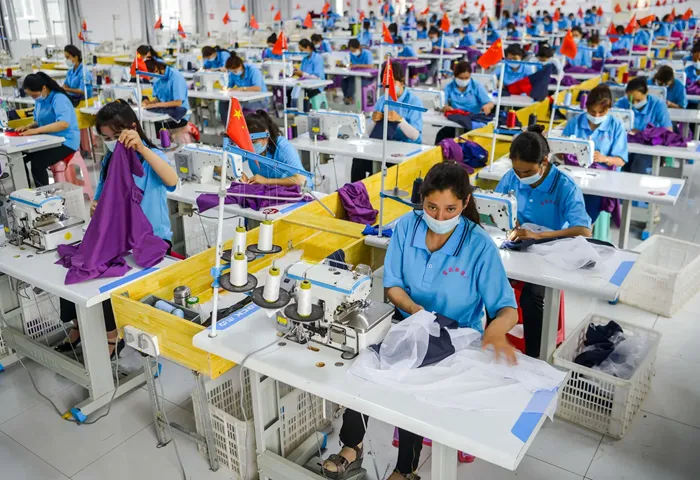Washington, D.C., August 2024 — A new report highlights that managing forced labor risks and navigating economic uncertainty in the U.S. are primary concerns for fashion executives this year. The Fashion Industry Benchmarking Study, released last month, identifies these issues as critical challenges for industry leaders.
Economic Concerns and Business Outlook
Despite prevalent worries about the U.S. economy, a significant portion of fashion executives maintain a positive outlook for their businesses. Approximately 75% of survey respondents expressed optimism about their sourcing and business prospects over the next five years, an increase from 69% in the previous year. Furthermore, 54% anticipate an improvement in their companies’ profit margins in 2024.
Top Challenges and Supply Chain Management
Shipping delays and supply chain disruptions are also prominent concerns, with 17% of respondents identifying these as their top business challenge this year. The report, marking its 11th annual edition, was conducted by the United States Fashion Industry Association in collaboration with Sheng Lu, a professor at the University of Delaware’s Department of Apparel and Fashion Studies.
Efforts to Address Forced Labor
The study reveals a growing focus on understanding and mitigating forced labor risks. Over 90% of respondents are intensifying efforts to map and comprehend their supply chains, including the sourcing of fibers and yarn. Nearly 90% are now tracking their apparel supply chains from Tier 1 to Tier 3, a significant increase from previous years.
The Uyghur Forced Labor Prevention Act, which prohibits products from China’s Xinjiang region, has influenced sourcing strategies. More than 80% of respondents reported reducing their sourcing from high-risk countries, and about 75% have banned the use of Chinese cotton in their products.
Shifts in Sourcing Destinations
In response to these challenges, 45% of respondents are exploring sourcing options beyond Asia. Notably, 43% of respondents reported sourcing less than 10% of their products from China this year, a record low compared to 18% in 2018. For the first time since the survey’s inception, more respondents cited India as a primary sourcing destination over Bangladesh, with nearly 60% planning to increase sourcing from India in the next two years.
Additionally, 52% of respondents aim to expand sourcing from countries within the Dominican Republic-Central American Free Trade Agreement, up from 40% last year.
Additional Concerns
Fashion executives also flagged concerns about geopolitical instability, protectionist trade policies in the U.S., rising production and sourcing costs, meeting consumer demands, and competition from e-commerce platforms.
The report underscores a dynamic landscape in the fashion industry, marked by evolving challenges and strategic shifts aimed at addressing forced labor risks and navigating economic uncertainties.
Related Topics:
Highlights: Fashion and Beauty Moments from the Paris 2024 Olympics
Statement Bags Steal the Show at Copenhagen Fashion Week SS25

